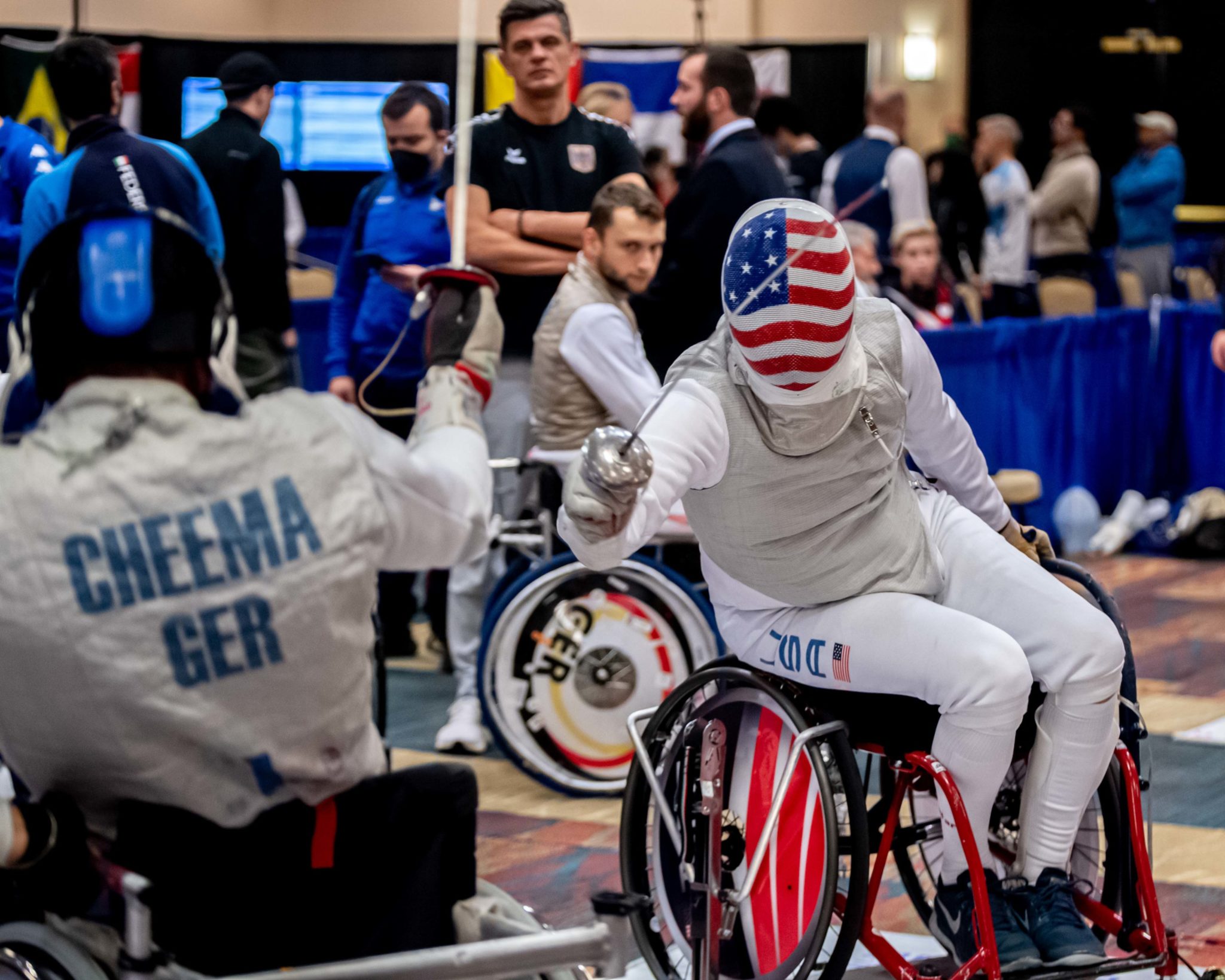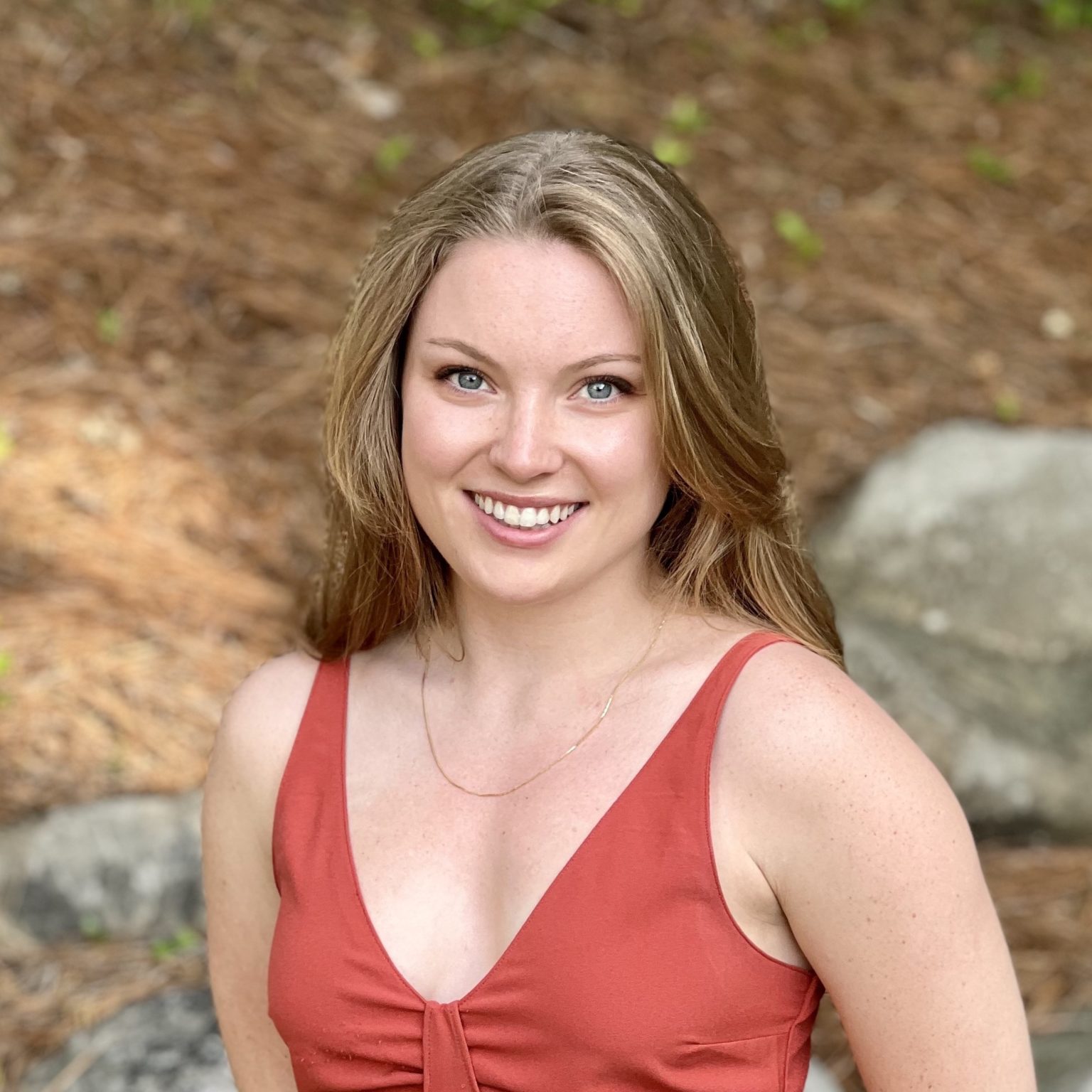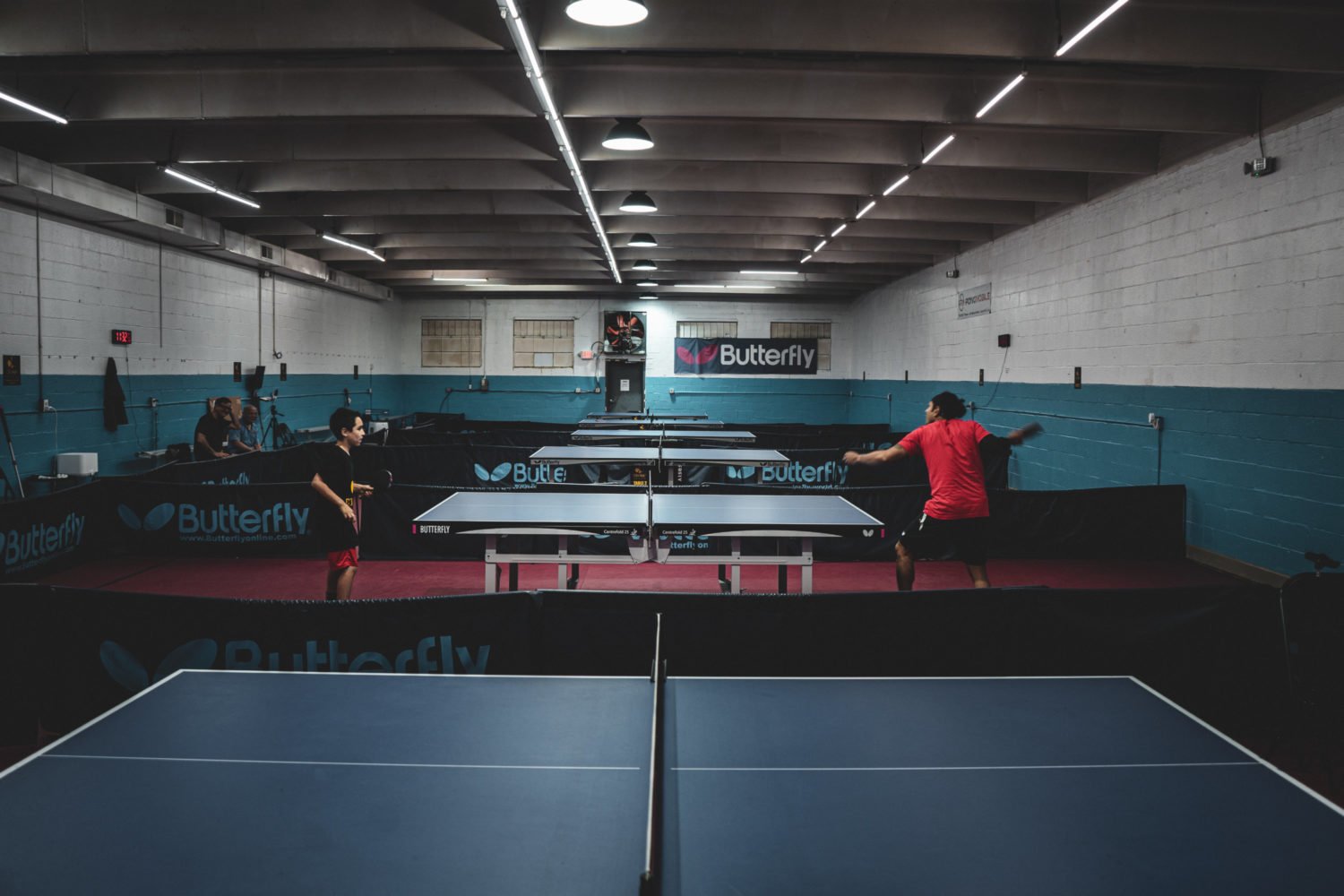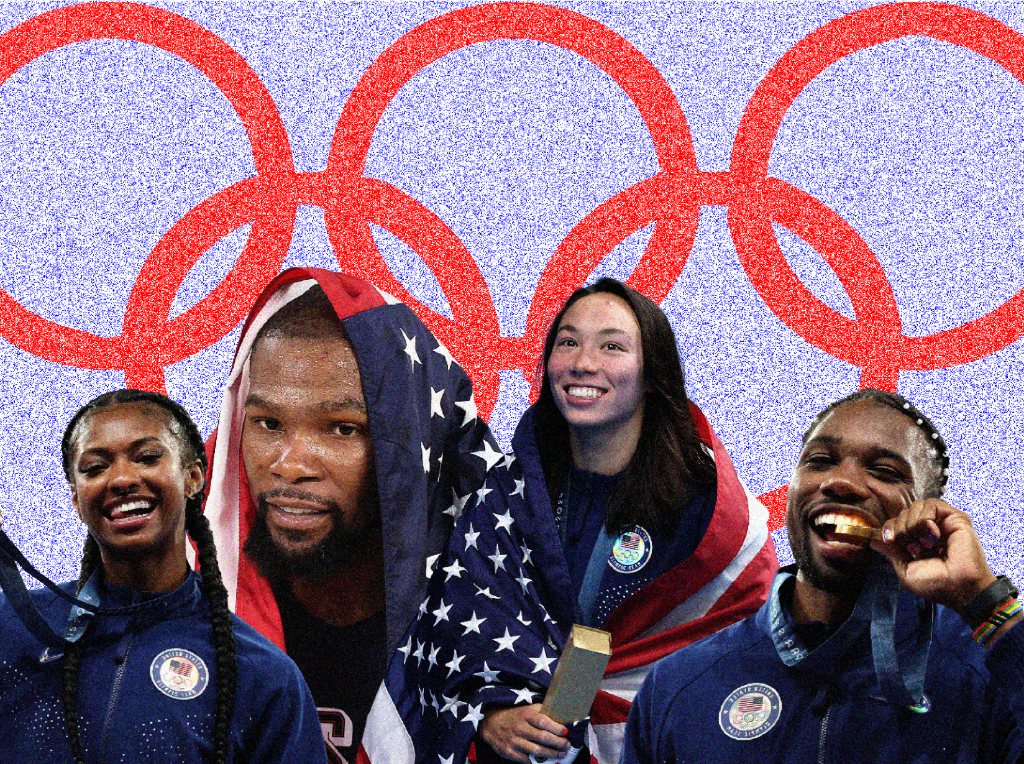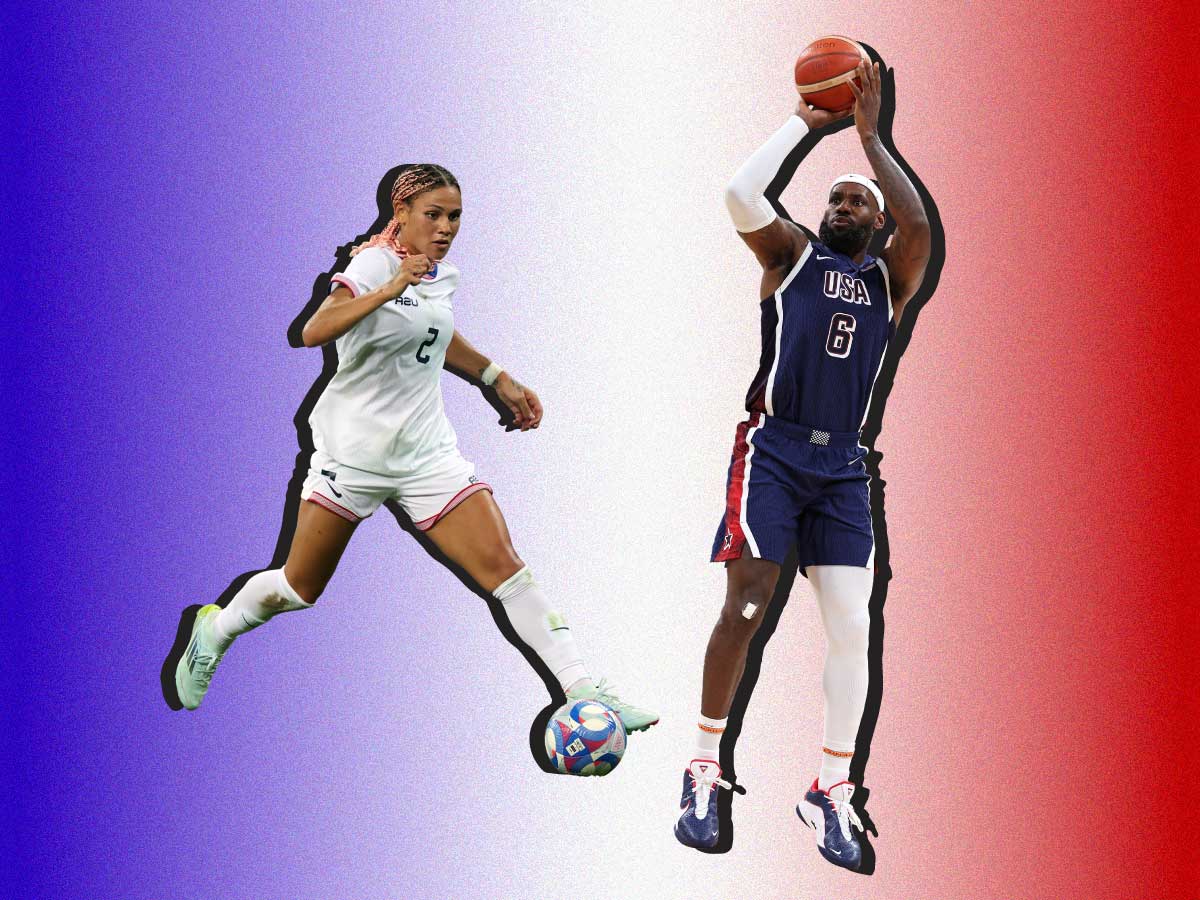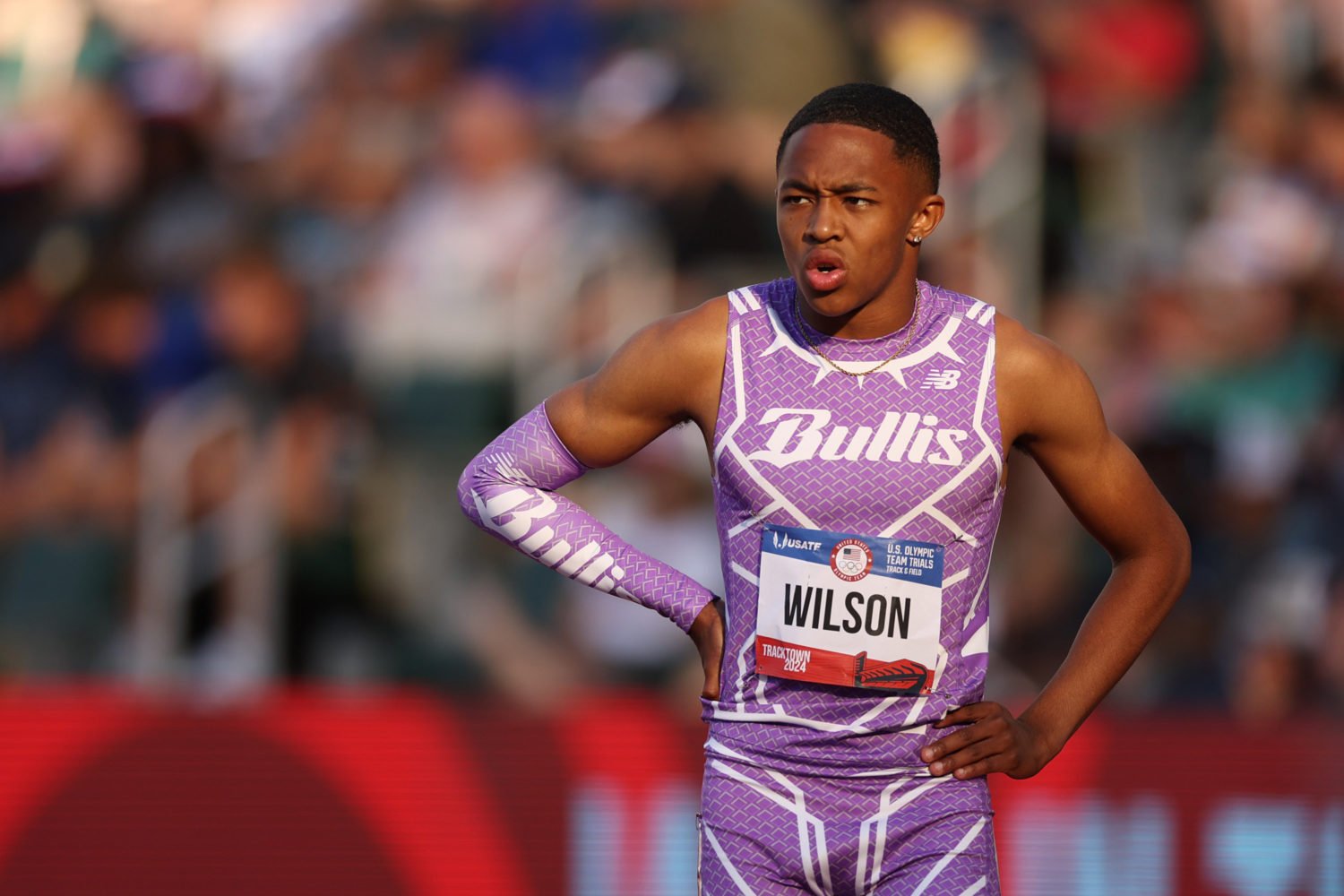The first 2023 World Cup event for wheelchair fencing, or parafencing, as it’s called in the US, was held in Leesburg last weekend. Over the course of three days filled with lunging, shouts, and the clank of swords, the international athletes, including 19 Americans, competed for qualifying points to determine how many slots each country gets at the 2024 Paris Paralympics. It was the first competition of its kind to be held in the US in more than two decades.
Hosting this tournament in the DC area marks another milestone in the push to support American parathletes. Typically World Cup events are held abroad, in spots like Hungary, France, or Italy. But hosting it in DC meant government officials could attend—three ambassadors came to the event, and the Secretary of Veterans Affairs Denis McDonough met with veteran competitors. This kind of exposure and relevance can be a vital part of encouraging investment in the sport, says Phil Andrews, the CEO of USA Fencing. This event was also the first time many American athletes and parents could afford to attend, since the travel was domestic.
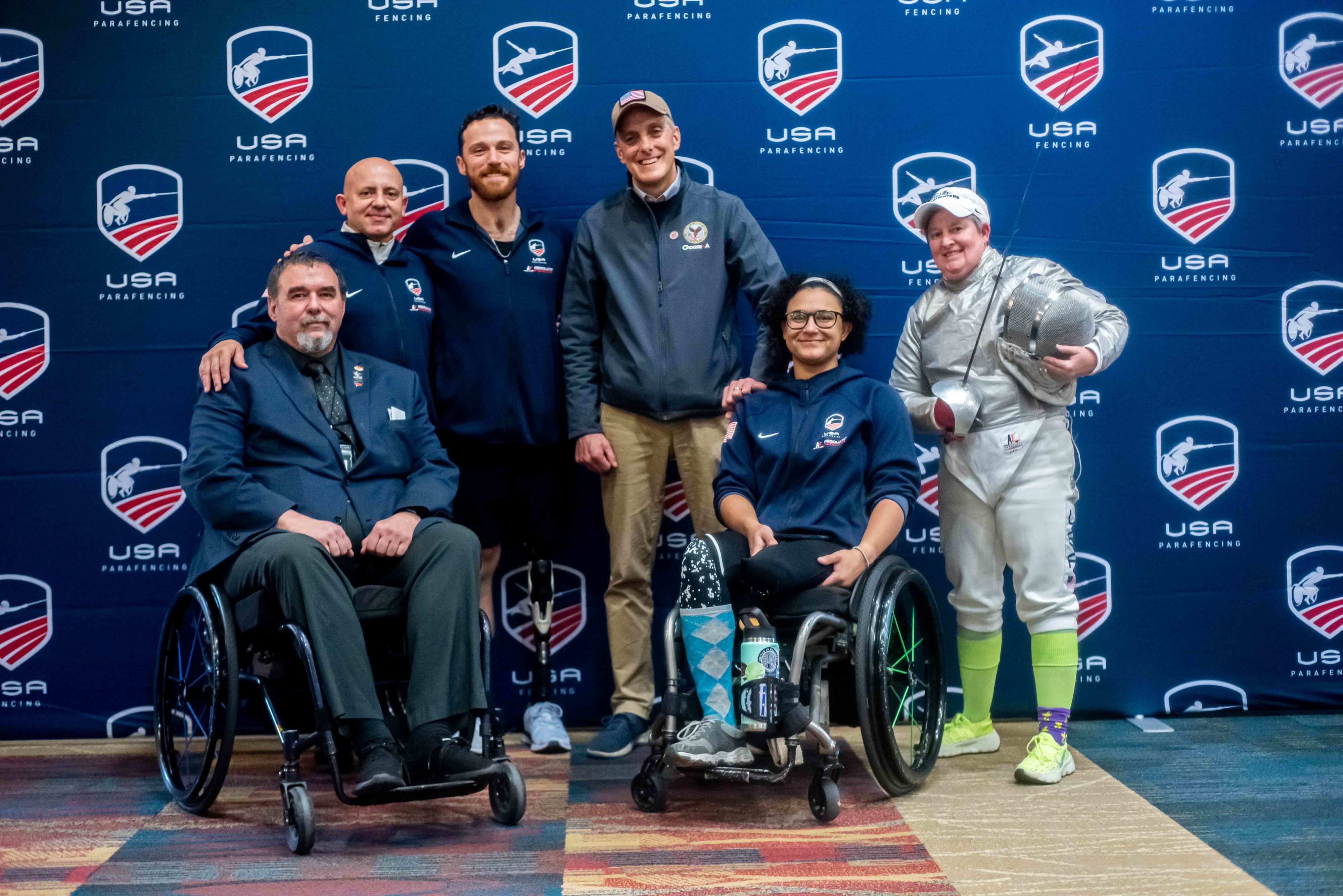
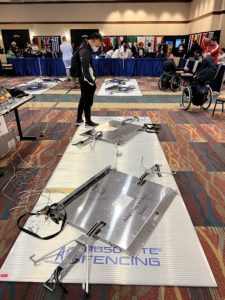
Parafencing originated in 1953 and has grown in popularity in the last 15 years, says Andrews. In parafencing, the set-up includes a playing area—aka strip or piste—with two metal plates that wheelchairs lock into. The length between the plates is determined by the competitor with the shortest reach. For some newer athletes, events like these are about the ability to practice with a full set up, rather than the chance to win, as clubs with full equipment can be difficult to come by.
One of the most important steps in the growth of parafencing has been the integration of able-bodied and para sports, says Andrews. In 2019, the US Olympic Committee changed its name to the US Olympic & Paralympic Committee (USOPC), bringing in more funding, staff, and exposure to the world of para sports.
This change comes as USA Fencing is gearing up for the 2028 Summer Olympic and Paralympic Games in Los Angeles. Andrews is also fighting for parafencing to be included in the Parapan American Games, which he says won’t happen without a larger presence in this hemisphere. He’s trying to accomplish that by recruiting more athletes to the sport, investing in local clubs and infrastructure, and hosting events like the Leesburg competition to bring attention to and grow the sport in the US.
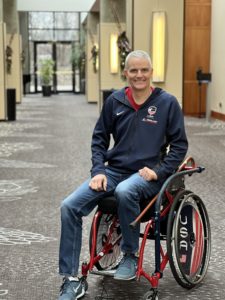
When Scott Rodgers, a 57-year-old Paralympic medalist in the sport, competed at the 2021 National Championships in Salt Lake City, there were only 12 American athletes there. “To have 19 [Americans] here at a World Cup is exciting,” he says of the Leesburg event. “You’re seeing the growth in pieces. And there are more athletes out there, beyond just the 19 that are here, so that means we’re building the community.”
Noah Hanssen, a University of Maryland student from Ellicott City, was the only DC-area resident to compete in the Leesburg event. Hanssen fences using all three of the sport’s swords: foil, epee, and saber. He got hooked on the sport in 2017 after a referee at a Historic European Martial Arts (HEMA) tournament connected him with his current coach, Charles Green. Ever since Hanssen was a kid, he’s been into Star Wars and swinging swords, so the sport was a natural interest, he says. Now he practices at the Tri-Weapon Boys’ Club in Catonsville, and is a captain on the UMD fencing club’s team. He hopes to compete in the 2028 Olympics.

Over the last five years, the sport has become more competitive as it’s become more popular, says Hanssen. But at its core, it’s more friendly than able-bodied fencing, he says. “Being in a wheelchair is a very unique experience,” says Hansen. “[And] it’s nice to see people who are in very similar circumstances.”

